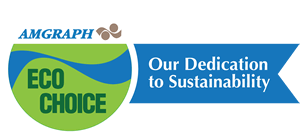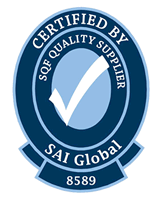More recycling equals a greener supply chain, right? Not necessarily.
In a recent article on Waste360.com, Chaz Miller points out that designing packaging purely for recyclability can create some of its own challenges. Certainly, making recycling easier and more accessible increases overall participation in recycling, but if the packaging doesn’t protect the product, or if it is inconvenient or doesn’t contain adequate information, it will hurt overall sales. As the author says, “Little real-world data exists showing that recyclability is a deal maker for consumer purchasing decisions.”
Flexible packaging, including pouches, bags, and other packages that gain their shape when they are filled, are largely not recyclable–but they are lightweight, utilize less energy, and can be stored and transported easily. These are things that can have a positive impact on the product’s overall environmental footprint.
Designing for recycling is important, but companies may find other effective ways to reduce their footprint. Starbucks recently announced its plan to design, build and operate 10,000 greener stores by 2025–an effort intended to move beyond simple recyclable coffee cups.
Read more about the pros and cons of designing for recyclability here.









